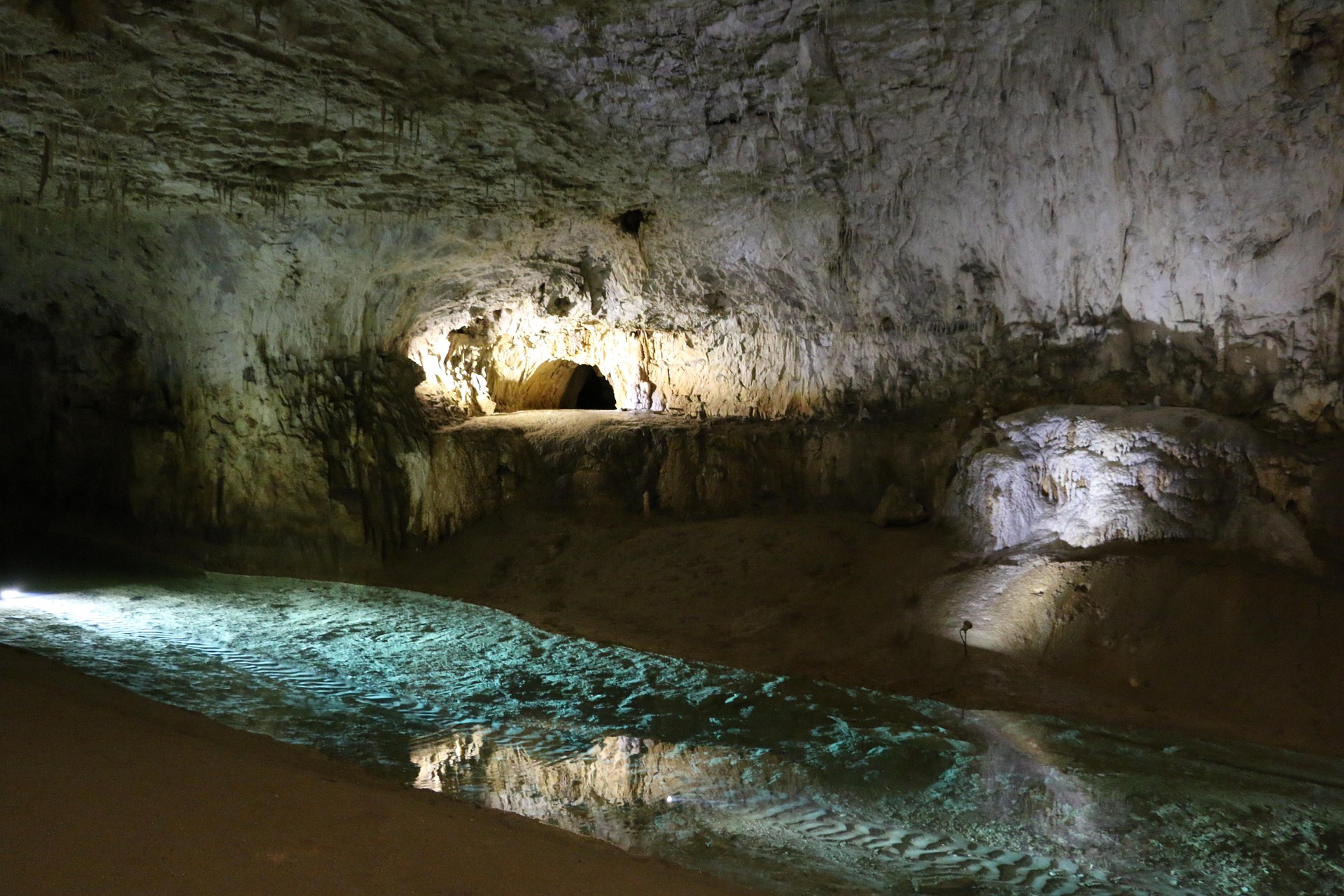Journey Into the Depths: A Look at Caving as a Travel Adventure
Human curiosity is drawn to the enigmatic and the untraveled. This compulsion has led many adventurers into the primitive, labyrinthine world beneath our feet. This trend, known as caving or spelunking, is taking the travel and transportation industry by storm, presenting a fresh, alternative perspective on exploration—vertical, subterranean exploration.

Delving into History: The Roots of Spelunking
Caves have always been more than mere geological formations. For our paleolithic ancestors, caves offered shelter and a canvas for their primitive arts, making them the lynchpin of survival and culture. Over the millennia, caves have served many purposes, from ancient living quarters to spiritual sanctuaries, treasuries, and even clandestine workshops.
The exploration of caves for enjoyment and discovering unseen wonders, however, is relatively recent. Spelunking, in its modern iteration, took off in the late 19th century, with adventurists venturing into the inky blackness of caves, armed with little more than oil lamps and boundless curiosity.
The Contemporary Caving Scene: Adventure Meets Education
As more people seek unique, extraordinary experiences, traditional tourism is being reshaped and caving is gradually morphing into a travel trend. It now combines exploration, adventure, and education, as many guided caving tours include imparting knowledge about the geological, archaeological, and biological aspects of caves. Recent findings from the Adventure Tourism Development Index report that the demand for adventure travel, including caving, has seen an unprecedented surge within the last decade.
Going Underground: Benefits and Challenges
Caving offers many advantages to the thrill-seeking traveler. Apart from the sheer adrenaline rush of the unknown, caving treats explorers to unparalleled natural beauty. Descending into caves allows adventurers to step back in time, observing geological formations that have taken millions of years to form.
Furthermore, caving brings benefits to the communities that surround these natural wonders. It fuels local fees and employment, and it can promote environmental awareness and conservation efforts.
However, caving also presents some challenges. It requires a certain level of physical fitness, and the enclosed, unpredictable terrain might not be suitable for everyone. There are also environmental concerns related to the preservation of these delicate subterranean ecosystems.
Some Interesting Cave Facts and Tips
- There are an estimated 30,000 caves in the United States alone.
- Some of the world’s largest caves are in Vietnam, China, and Malaysia.
- Safety gear for caving often includes a helmet with a light, sturdy boots, and sometimes a wetsuit.
- Temperature in deep caves remain constant, so dressing in layers is recommended.
- Professional guidance or scouting is essential in tougher caverns as locations can be hazardous and easily confusing.
- Conservation is key. Stick to paths, avoid touching formations, and never remove anything from the cave.
In A New Way of Traveling
Caving or spelunking is hash-marking a trail away from standard tourism. As travelers chase the thrill of the unknown under the earth’s surface, they find a blend of challenge, education, and awe. Its growth is a testament to changing travel perspectives, leaning towards exploration that unites adventure with sustainability and appreciation for the awe-inspiring wonder of nature’s architecture. So, if you’re someone seeking a truly unique journey in untrammeled terrains, spelunking might just be your next great adventure.




